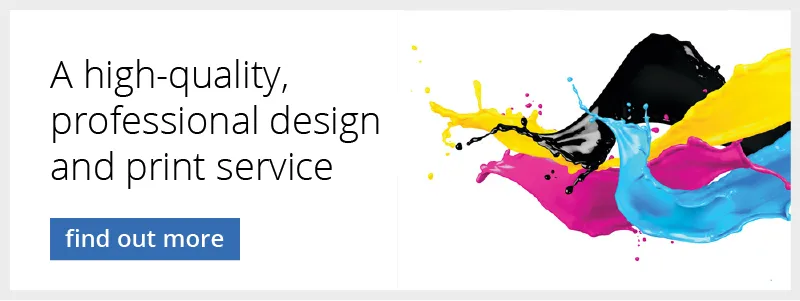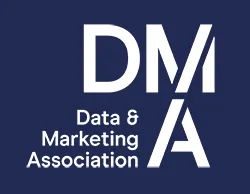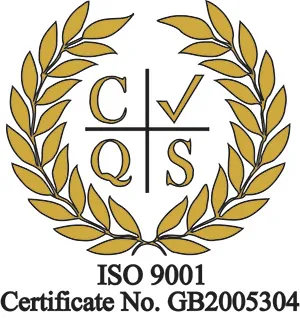When you’re designing your leaflet, it’s possible that you can be so caught up on the images and colours, and the overall fold style, that you can easily forget your fonts.
Not Fonz – Fonts! Your font choice is an important factor on your leaflet – you wouldn’t expect your customers to be able to read your awesome copy if it’s written in Gigi or Vladimir Script. And they’re probably not going to take your business seriously if your leaflet is scrawled with the much-maligned Comic Sans or Jokerman. And sure, while every font has its place – those latter two should only be used to advertise a mid-morning coffee meet or ‘quirky’ bake sale, if at all – some are definitely more important than others.
In fact, your font choice can say a lot you and your company before a potential customer has even read a single line.
Times New Roman
Times New Roman is a serif font. That means, like Courier New, it has extra lines and strokes at the ends of each letter. This gives Times New Roman a very professional feel, almost like something you’d find in a book or newspaper – which is why most people choose this. On the other hand though, it’s a pretty uninspired choice. It’s not going to catch any eyes or make your marketing terribly memorable. Times New Roman is the politician of the font world: safe, dull, and conformist.
Courier New
If you’re writing a film script, Courier New is the go-to font. If you’re advertising your business, it’s a major no-no. Because it’s based on typewriter font, Courier New is considered by most to be rigid, and traditional. And not in a good way. If you’re looking for a reliable font that screams traditional, try opting for something like Baskerville Old Face. Like Times New Roman, Courier New is just bland and unimaginative – which is fine for legal documents and soulless letters to your bank, but not for your direct marketing.
Helvetica
Has there ever been a font more beloved by companies than Helvetica? Rattle off a list of logos and chances are, they use this font. It’s striking and clean-cut. Sure, that sounds like a good thing, and for a great headline on your leaflet, it is. But that clean-cut style can also set you back, since Helvetica has been a staple for over 50 years, and it shows. It’s a durable font, though, as its legacy proves, and on the right leaflet, it still has the potential to turn some heads.
Arial
At first glance, there might not seem too much difference between Helvetica and Arial. But where Helvetica, when used right, still has a sense of 1950’s cool, Arial is just plain… well, just plain, actually. Perhaps its biggest drawback is the fact that Arial is an unambitious, unadventurous font – and that might be not a message you want to send out. It’s nice enough, won’t win any design awards, but it’s perfect for text-heavy leaflets where you want a clear message, easily digested. Just like Verdana and Calibri – which is the font we wrote this blog in.
Wingdings
Wingdings? No. Just… Just no.
Monotype Corsiva
Script fonts like Monotype Corsiva can definitely add a little more elegance to your leaflets. But beware the temptation to write all of your copy in Monotype Corsiva – not only will it look ugly on the page, but also people won’t be able to read it easily; they’ll just struggle and stumble and eventually give up. That said, for a classy headline or stylish – and stylised – business name, script fonts are ideal.
Impact
The name says it all. Impact. Look, we know you want to make an impact – that’s why you’re designing a leaflet. But Impact probably isn’t going to make as much as its name suggests. Partly, it’s the fact that Impact looks like it was designed in Word Art, which no professional would do. And partly, it’s the obnoxious bold-type font that is almost reminiscent of a screaming toddler throwing yet another temper tantrum. And don’t even think about actually putting Impact in bold, it’s near unreadable.
When it comes to designing your leaflet, make sure your font choice sends out the right message. If you’re looking for a leaflet distributor in Manchester and the surrounding areas, contact us today on 0800 028 6353 or email enquiries@directletterboxmarketing.co.uk and discover how we can get your message out there, and your voice heard.





